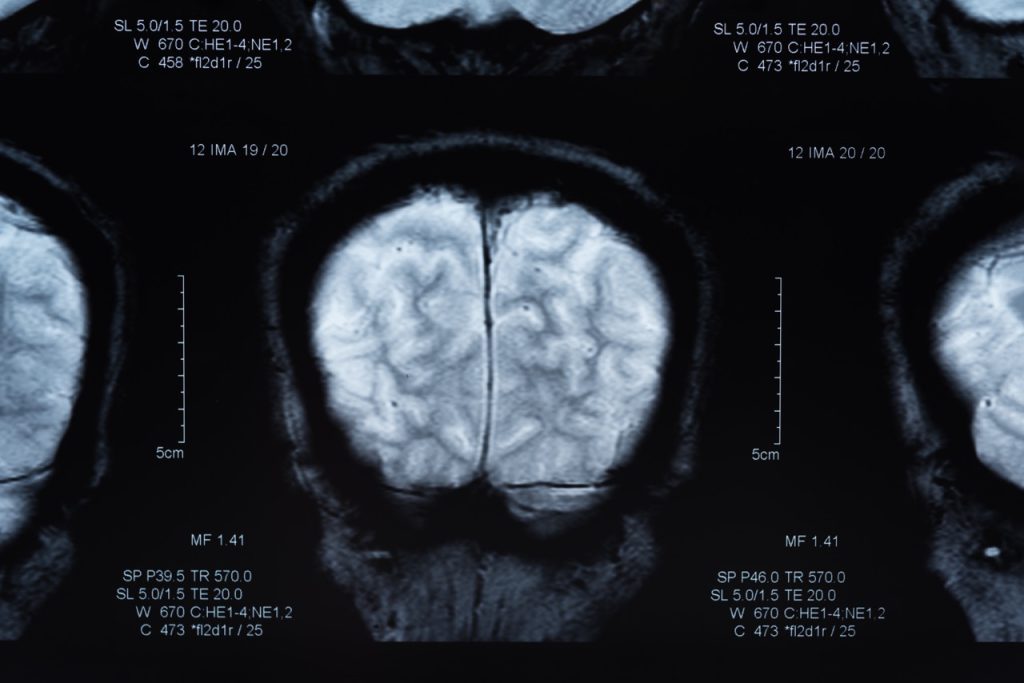Is there a secret to longevity? This health expert says 1,000% yes
In the era of social media, post-COVID, and with mental health at the forefront, a shift is taking […]

A novel artificial intelligence tool named CHARM (Cryosection Histopathology Assessment and Review Machine) has demonstrated promising potential in aiding doctors to combat aggressive brain tumours by determining key characteristics which could streamline surgical procedures, as reported by Bloomberg. This groundbreaking research was spearheaded by Kun-Hsing Yu, an assistant professor of biomedical informatics at Harvard Medical School, whose team’s innovative tool is hoped to accelerate the process of establishing a tumour’s genetic profile.
Glioma, a particularly pernicious type of tumour, is one that CHARM is adept at analysing. The current methodology of determining glioma’s genetic profile is a time-consuming procedure, often stretching over several days or weeks. CHARM has the potential to revolutionise this procedure, providing almost instantaneous results and thus influencing surgical decisions in a more timely manner.
Glioma varies in severity, but its most aggressive form, glioblastoma, can lead to death in less than six months if not treated. Indeed, data from the American Association of Neurological Surgeons paints a grim picture, with a mere 17% of patients surviving beyond their second year post-diagnosis.
The genetic profile of a glioma tumour plays a crucial role in surgical decision-making, guiding doctors on how much tissue to remove and whether to use cancer-fighting drug-coated implants. Through the use of machine learning, Yu’s team trained CHARM on a series of images of brain surgery samples, cross-referencing its findings with patients’ diagnoses. The result was a system able to identify the genetic profile of a tumour either matching or surpassing the capabilities of other AI systems.
While CHARM doesn’t quite reach the accuracy of traditional genetic tests, it has a significant advantage in speed. This almost instantaneous analysis could circumvent the need for additional surgeries, improving patient outcomes and minimising unnecessary stress on healthcare systems.
Further capabilities of CHARM include distinguishing malignant tumour cells from benign ones and grading the aggressiveness of the tumour. These tasks are typically conducted by human pathologists during surgery, but CHARM’s rapid response could save 10 to 15 minutes of waiting time per operation.
However, it is important to note that while the potential of CHARM is exciting, further testing in real-world settings is required before it can be integrated into routine medical practice.
This research undertaken by Yu’s team falls under the larger umbrella of using AI to enhance cancer diagnosis and treatment. An editorial published recently in Lancet Oncology has drawn attention to the remarkable accuracy of AI systems in predicting high-risk individuals for pancreatic, lung and breast cancer.
By harnessing the power of AI, innovative tools such as CHARM are poised to transform the field of oncology, accelerating diagnoses, and improving treatment outcomes, potentially saving countless lives.

In the era of social media, post-COVID, and with mental health at the forefront, a shift is taking […]

With its fast speeds and revolutionary potential, 5G stands out as a noteworthy milestone in the field of […]